- Write by:
-
Tuesday, March 3, 2020 - 11:29:38 AM
-
771 Visit
-
Print
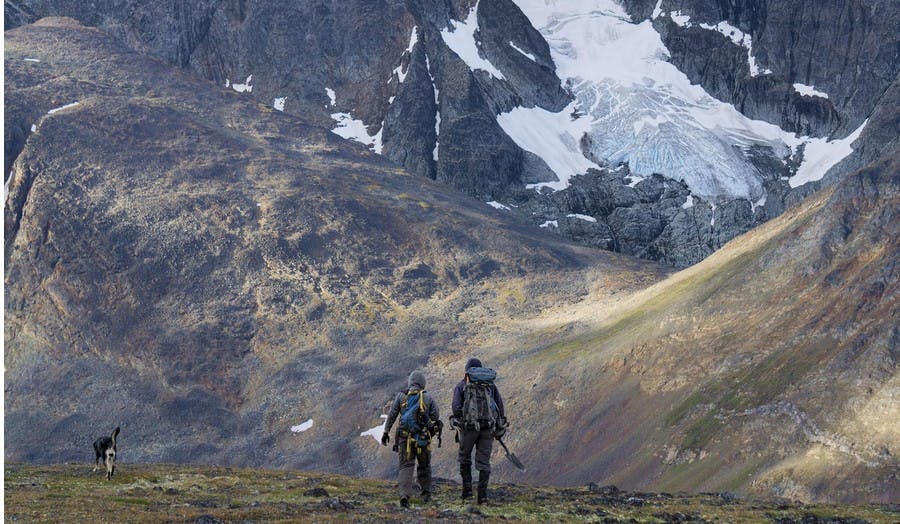
Mining News Pro - Global exploration budget for nonferrous metals decreased by 3% last year to an estimated $9.8 billion from $10.1 billion in 2018, according to S&P Global Market Intelligence’s latest World Exploration Trends report. The decline in planned spending halts a two-year rebound in the exploration sector.
According to Mining News Pro - The report, released over the weekend at the Prospectors and Developers Association of Canada (PDAC) convention in Toronto, attributes the lower 2019 budget to the challenging prices for many commodities throughout the year, as well as the M&A activity in the gold sector that impacted the exploration priorities of the merged companies.
The study further reveals that budgets for work at or near mine sites increased 7% year over year to $3.57 billion, accounting for the largest share of the global budget by development stage for the first time.
“In 2019 we witnessed persistent trade tensions between the US and China causing a marked slowing of the major economies, which triggered weaker prices for many industrial metals. However, gold emerged as a safe haven, while nickel and iron saw a sharp rise in prices owing to the significant supply-side events,” said Mark Ferguson, research director for metals and mining research at S&P Global Market Intelligence.
“The uncertainty about a near-term demand for commodities remains a hindrance to the industry. The exception to this is gold, which has benefited from the current geopolitical situation. With this in mind, we expect the global exploration budget to be flat in 2020, with gains for gold likely to be offset by weaker conditions for most other commodities.”
The report also highlights that the major mining companies have mostly maintained their allocations since 2018, while the junior and intermediate miners have been less able to raise funds for exploration. The difficulty in raising funds is reflected in the juniors decreasing their aggregate budgets by 10% year over year and the industry becoming increasingly dependent on revenues to fund exploration.

The persistent lack of investment in the supply pipeline is causing several base metals commodities to head toward market deficits. The findings of the study show the increased focus on later stages of exploration rather than grassroots work is having an impact, with the discovery rate of new significant deposits currently sitting at historic lows, S&P reports.
“Unless exploration companies shift their focus back toward grassroots efforts, the dearth of large discoveries in recent years will continue, leaving the industry challenged to meet even modest global demand forecasts, especially for copper,” Ferguson added.
Geographically, Australia saw the highest rise in budget allocations last year, increasing by $199 million to $1.53 billion, and surpassing Canada for the first time since 2001. Canada slid by $134 million to fourth place with $1.31 billion.
Latin America remains the top region for exploration despite its $2.62 billion budget being $117 million less than the previous year. In third place is the diverse “rest of world” region, which includes Europe and mainland Asia. Allocations to the latter fell by $241 million to $1.44 billion in 2019, placing it behind Australia for the first time since 2003.
Short Link:
https://www.miningnews.ir/En/News/496484
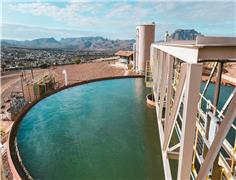
A Native American group has asked all members of a US appeals court on Monday to overturn an earlier ruling that granted ...
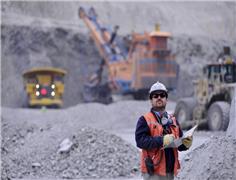
Codelco is exploring more partnerships with the private sector as Chile’s state copper behemoth looks to recover from a ...
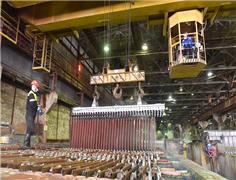
The London Metal Exchange (LME) on Saturday banned from its system Russian metal produced on or after April 13 to comply ...
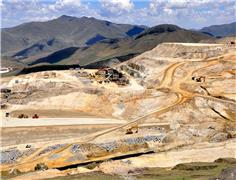
Peru’s Las Bambas copper mine, owned by China’s MMG, is facing renewed blockades of a key transport route after failed ...
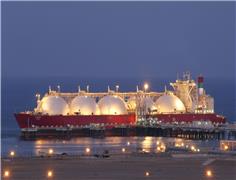
Vitol Group confirmed that it’s starting to rebuild a trading book for metals after a long stint out of the market, with ...

Chinese investors are snapping up stocks tied to high-flying metals from copper to gold, aiding an onshore market facing ...
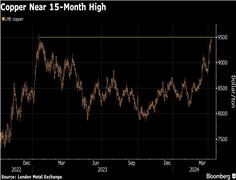
Copper traded near a 15-month high as supply concerns and brighter demand prospects triggered a slew of bullish calls on ...

Copper jumped to its highest intraday price since January 2023 as the bellwether industrial metal faces rising tighter ...

Mining News Pro - Amir Khormishad, the CEO of the National Copper Industries Company of Iran, announced the 49% growth ...
No comments have been posted yet ...